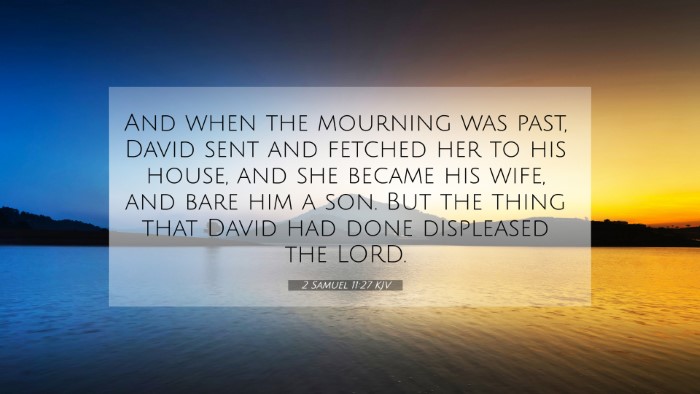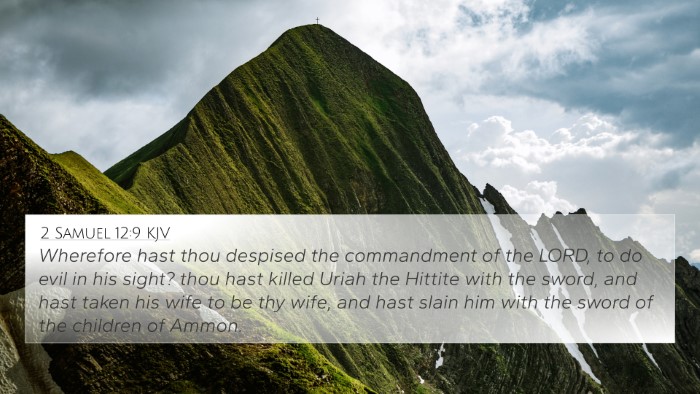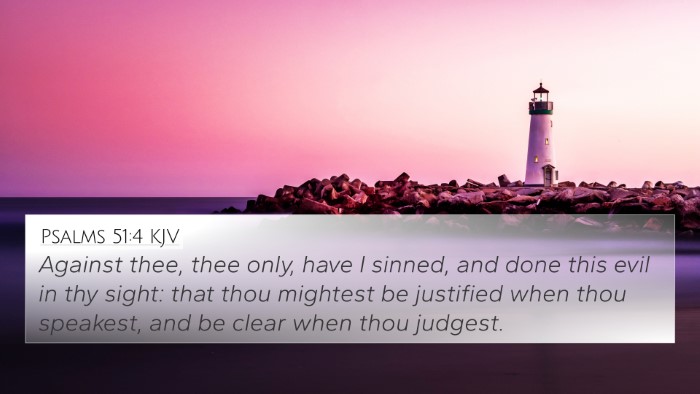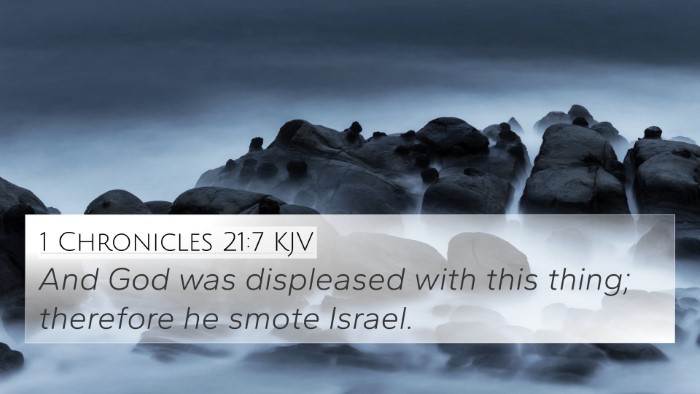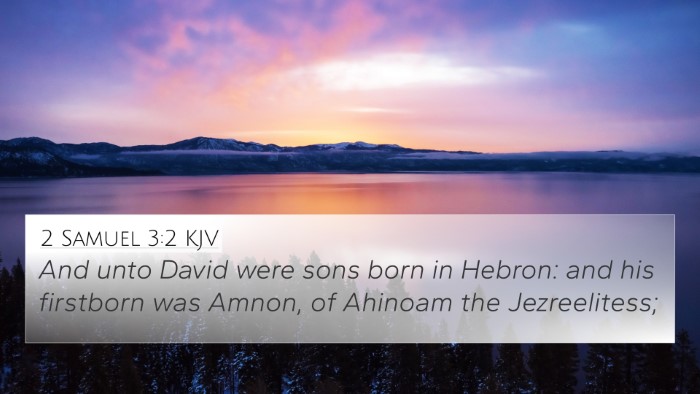Understanding 2 Samuel 11:27 - A Comprehensive Analysis
Verse: 2 Samuel 11:27 - "And when the mourning was past, David sent and fetched her to his house, and she became his wife, and bare him a son. But the thing that David had done displeased the Lord."
Overview
This passage marks a significant moment in King David’s narrative, reflecting both his personal failings and the consequences of sin. The events leading up to this moment involve David's adulterous relationship with Bathsheba and the arranged death of her husband, Uriah the Hittite, an act that highlights David's moral decline.
Key Themes and Insights
- The Consequence of Sin: The text illustrates how actions contrary to God's will lead to repercussions, not only for the individual but for those around them.
- God’s Displeasure: The final sentence highlights God's disapproval, emphasizing that despite David’s attempts to conceal his wrongdoing, he could not escape divine judgment.
- The Nature of Repentance: David's later repentance reflects the tension between human frailty and God’s grace, a theme prevalent throughout scripture.
Public Domain Commentaries Summary
According to Matthew Henry, David's actions signify a transition from a period of success to one of moral failure and repentance. Henry emphasizes the seriousness of David’s sin, detailing that it leads to a ruptured relationship with God, which ultimately affects the kingdom and his lineage.
Albert Barnes articulates that the aftermath of David’s actions is indicative of God's overarching justice. He interprets this event as a stark reminder that leaders are held to stringent moral standards and that their sins have far-reaching effects, particularly in terms of divine judgment.
Adam Clarke explicates the nuances of Bathsheba's situation, presenting her as a complex figure caught in the web of power dynamics. He notes David's failure not only as a sin against God but as a deep betrayal to Uriah and a source of suffering for Bathsheba.
Biblical Cross References and Connections
The following verses provide thematic connections and deeper insights into the narrative of 2 Samuel 11:27:
- 2 Samuel 12:1-14: Nathan’s confrontation establishes the gravity of David’s sin and prophecies the consequences that will unfold.
- Psalm 51: A Psalm of repentance, reflecting David's anguish after recognizing the weight of his sin.
- Proverbs 28:13: This verse reinforces the principle that hiding sin leads to eventual consequences.
- Galatians 6:7: "A man reaps what he sows" serves as a reminder of the inevitable repercussions of one’s actions.
- 1 John 1:9: Highlights the promise of forgiveness for those who confess their sins.
- Matthew 5:27-28: Jesus’ teachings expand on adultery, indicating the inner moral struggle and the necessity of purity.
- Isaiah 59:2: Speaks of sin as a barrier between humanity and God, relevant to David's relationship with the Lord.
- Romans 2:6: Echoes the theme of divine justice where God will repay according to deeds.
- Luke 16:10: A faithful servant is required to be honest in small matters, tying into the broader principle of integrity.
- James 1:14-15: Discusses how temptation leads to sin, underscoring the progression of David’s thoughts leading to actions.
Conclusion and Reflection
2 Samuel 11:27 presents a somber insight into the complexities of sin, leadership, and divine accountability. The convergence of historical narratives and theological reflection invites readers to examine their lives through the lens of scripture. Recognizing the cross-references enhances the understanding of not just this specific event but the broader biblical narrative concerning human sinfulness and God’s redemptive purpose.
Engaging with this passage through a cross-referencing approach allows for a deeper appreciation of the interconnectedness of scripture, revealing how David’s story speaks to themes of sin, judgment, and ultimately, redemption—essential concepts that resonate throughout the entirety of the Bible.
Tools for Further Study
For those looking to explore more about Bible cross-referencing, consider utilizing:
- Bible Concordance: A helpful tool to find verses related to specific themes or subjects.
- Bible Cross-Reference Guide: Guides that outline connections between scriptures, enriching personal study.
- Cross-reference Bible Study: Methods to engage with the text in a relational context, enhancing understanding.
- Comprehensive Bible Cross-reference Materials: Resources that compile links and themes across different biblical texts.


